As soon as I announced I was going to attempt a long distance thru-hike, I was asked a multitude of questions like how, why, and are you crazy?!?
Now that I’ve surpassed 1,000 miles and blogged every mile of it, the questions have been: can I do it, does it hurt, how can I prepare, isn’t it dangerous?
My advice on thru hiking long distance is prepare, prepare, prepare! I joined Facebook PCT hiking groups and gained a fair amount of gear information from those groups. I eventually left nearly all Facebook groups for reasons I will discuss in my gear review.
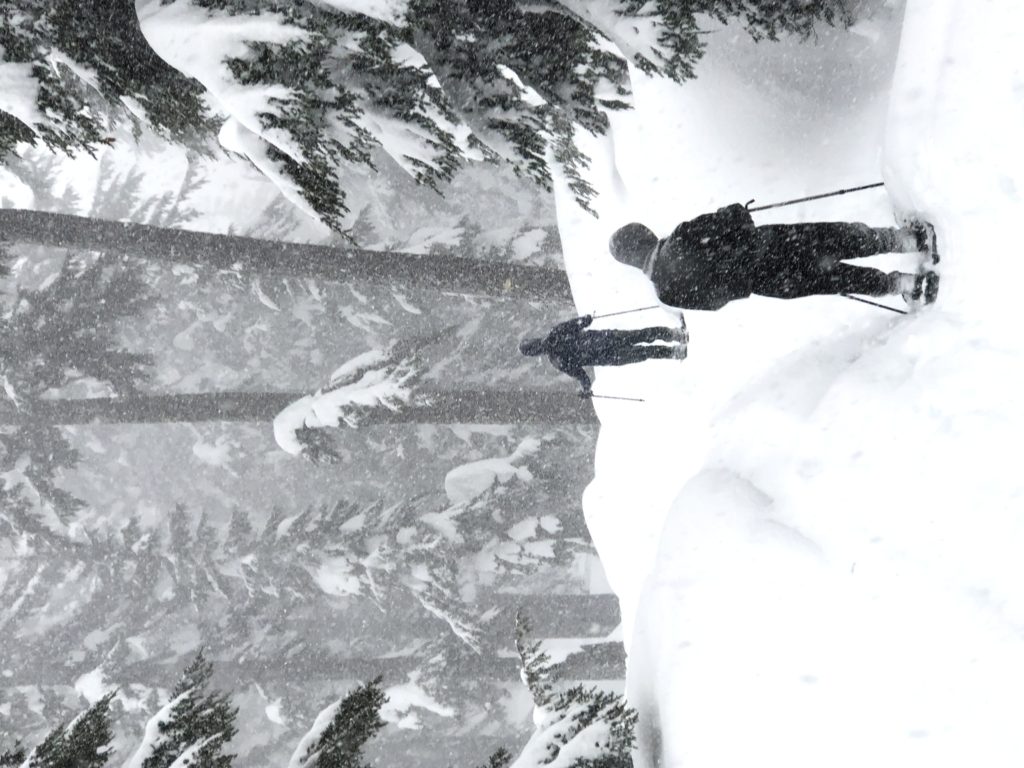
Question #1. How should I approach a long distance hike?
Before totally committing to a long distance hike, I’d highly recommend hiking long miles beforehand! Find local trails and start hiking. Start without a pack, hike 5 then 10, then work your way up to 20 miles in 1 day. Gradually add a pack and weight. Now, for the ultimate test… hike 15 miles of hills with 30+ lbs. Then get up at 6 AM the next day and repeat again…. and again. That is a thru hike.
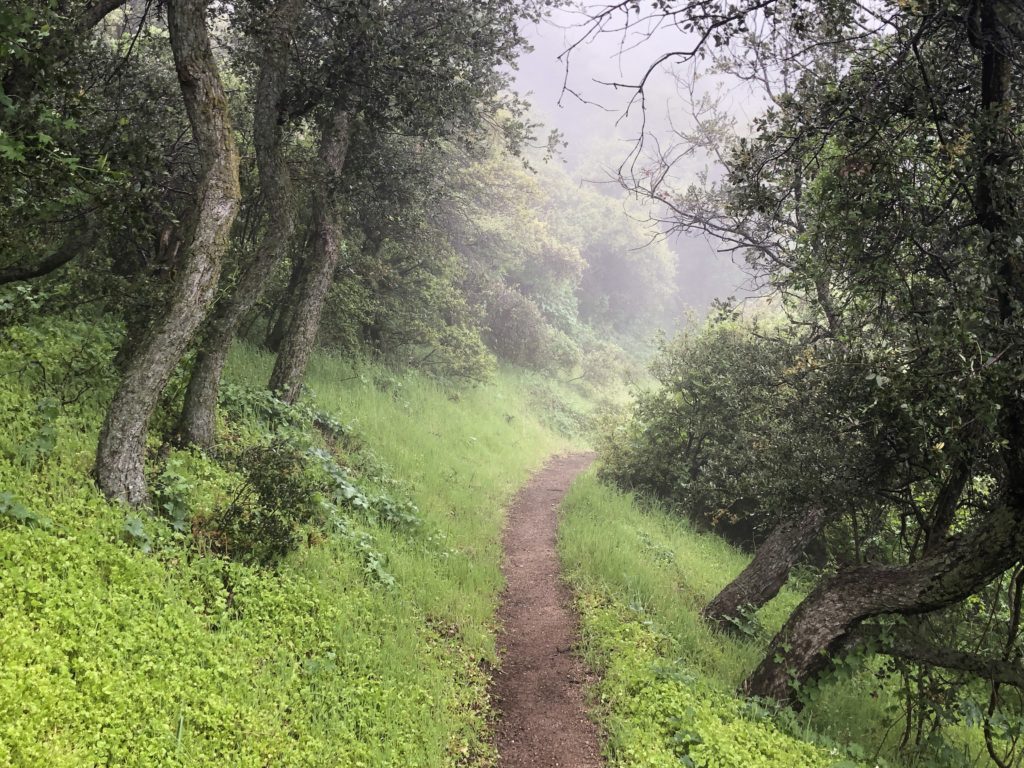
Question #2. Do I have to train for this?
This question has caused much debate on Facebook groups, and is one of the most repeated questions. Based on my experience, yes, you should train. Here’s why… you HAVE TO toughen up your feet. Your feet WILL blister. Learning the high friction points on your feet and how to contend with them is the difference between starting your thru hike strong versus being knocked off trail within the first week healing your feet. When I first started my training hikes, my right foot blistered at 5 miles! I had to take a few days off…after my FIRST hike! I learned what different tapes and bandages worked the best. My entire 1,000 mile hike was a cat and mouse game of blister prevention on my right foot. I taped and bandaged hot spots (pre blister) daily on my right foot to prevent them from forming into blisters. I never once had to tape my left foot.
Question #3. What unexpected problem(s) did you encounter.
When you cover the equivalent of nearly 40 marathons in 3 months, with 30+ lbs on your back, issues will crop up! Your ability to continue will be determined by your ability to address and solve any unexpected issues.
First problem: tweaking my right knee on day 1, then really hurting my right knee post holing in the deep snow on San Jacinto. I took 3 days off in Big Bear, then 2 more off in Wrightwood. I slowed my pace considerably when my knee started hurting. I’d go hours with no pain, then feel a sudden blinding pain with one single step that would nearly collapse me! This only happened on slight uphill grades when the trail was concave from erosion. I was just fine on steep uphill, level trail, and downhill grades. So, I learned to walk very carefully on the slight uphill grades with concave trail!
Problem #2. Excessive weight loss. This was my most serious and unexpected problem. Had I continued well beyond 1,000 miles, I would have had to solve this issue, quickly!!! I lost 28 lbs in my first 31 days of PCT hiking, or 35 lbs by the end of the Oregon Coast. Considering I gained back 7 lbs between the PCT and the OCT, I really lost 42 total lbs in 2.5 months of hiking. I don’t fully understand it to this day, losing more weight than everyone else in my group combined!! I began to pay attention to what others were consuming. They weren’t eating that much more than me, and we were eating fairly similar foods. I even began consuming much more when we were in town, but continued to lose weight. I was within the daily recommended food weight amount, so what gives?
I don’t know for sure. Here’s my hypothesis: I weight lifted religiously from the time I was 18 years old until my mid 30s, gaining lots of muscle. Even though I don’t lift weights on a regular basis anymore, I’ve retained a lot of muscle mass. Muscle burns more calories.
Now, compare my body to a guy I hiked with, Dan, or “Falls”. Falls lost very little weight. He’s about 5 inches shorter than I, with a thin build. He’s a runner/jogger with a runner’s physique. Is it possible that my larger, more muscular body consumes fuel more like a 1970 Monte Carlo with a 454, 8 cylinder engine, and Falls body, being smaller with a much smaller physique, is much more efficient, like a little 40 mile per gallon 2018 Honda Civic 1.5 liter 4 cylinder???
I’m not entirely sure that’s an accurate comparison, but it makes the most sense to me. I didn’t have the capacity to carry very many more pounds of food, so I’m not quite sure how I could have solved that. I think that my body would have started to suffer Ill effects within another 500 miles as I didn’t have anymore fat reserves to counter the large daily calorie deficiency.
Problem #3. Dealing with loneliness on the OCT. There were very few hikers on the OCT. I was alone with my thoughts and feelings, which was both good and bad. I missed my family while on the OCT, and dealt with nonstop rain, wind, chilly temps, unfriendly people, crazy squirrels, multiple other rodent problems on the northern OCT, and mentally taxing, ridiculously boring road walking on the OCT. I gained lots of self confidence overcoming the multiple issues and emotions on the OCT. That made the feeling of finishing the 385 mile OCT more rewarding!
Question #4. Is it safe for women to attempt a thru hike alone?
Absolutely yes on the PCT. Many PCT hikers are women. The thru hiker community takes care of each other. Also, you can buddy up with a group. I don’t believe there’s a single PCT group that would say no if you asked to join them. The OCT is another story. A lot of the OCT is highway walking. I encountered very unfriendly people in Northern Oregon. Southern Oregon was much better, but I still encountered “interesting” folks at times. I would not recommend a female hike the OCT alone!
Question #5. Why???
Look at these pictures. Do I even need to answer this?
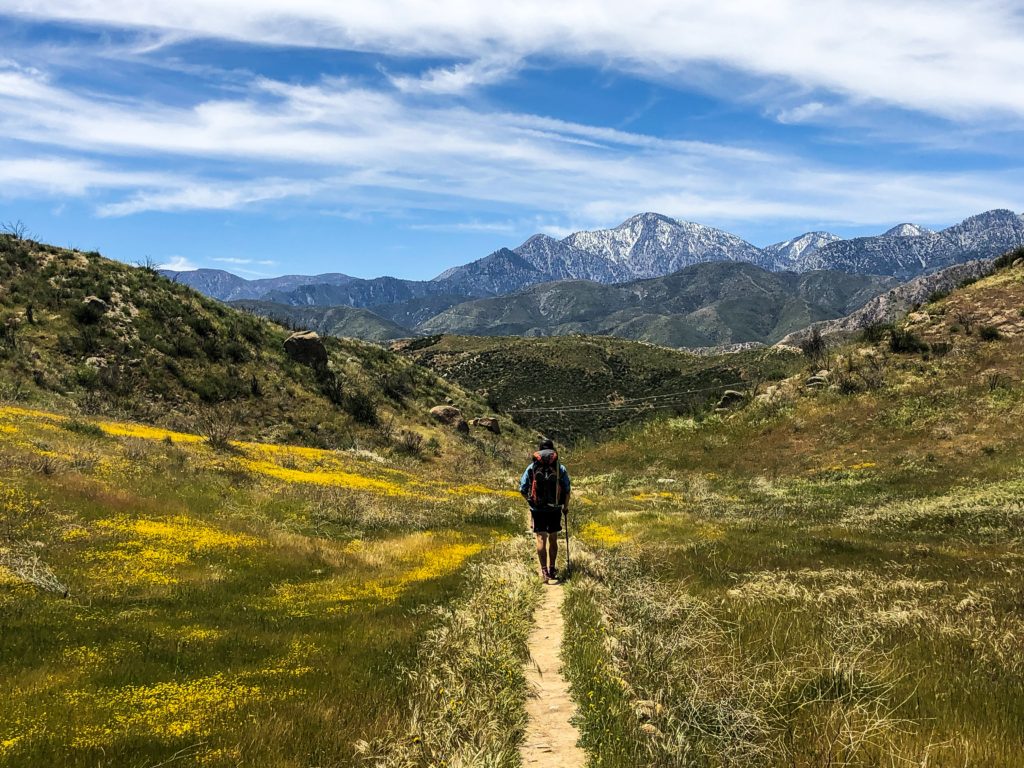
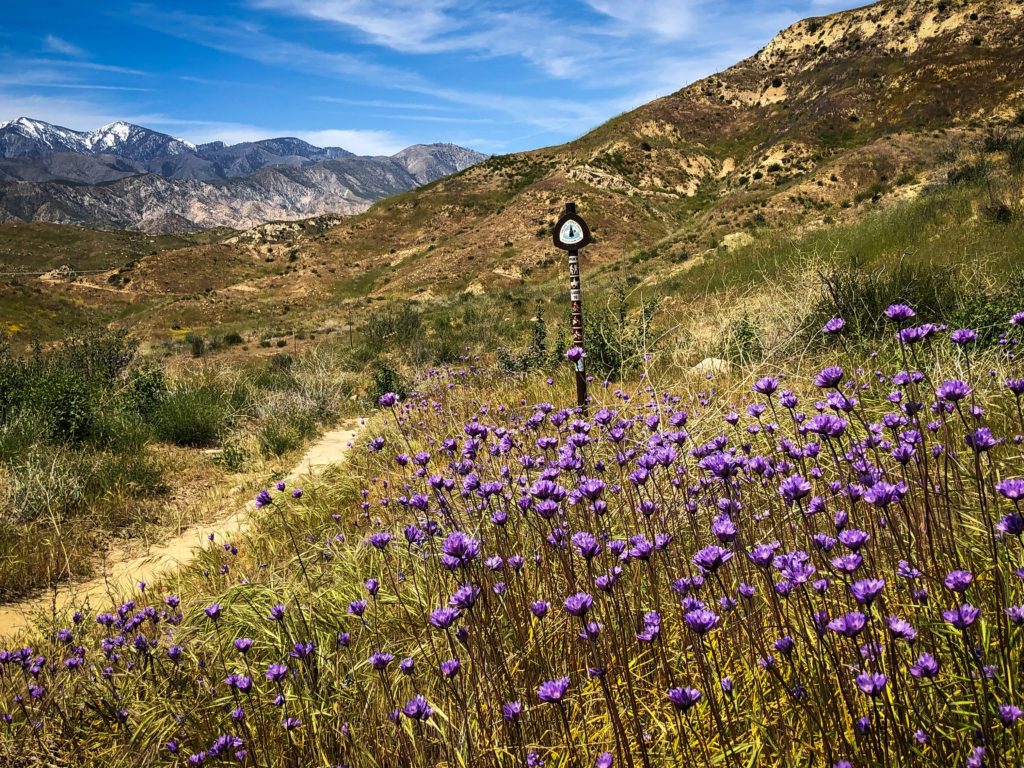
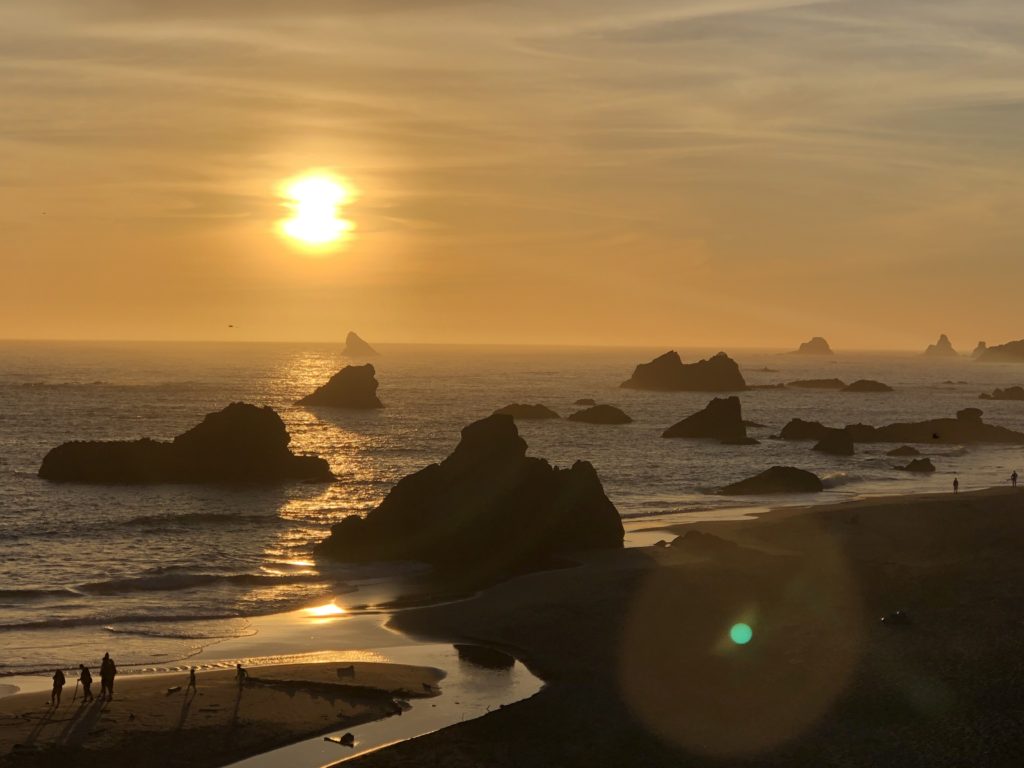
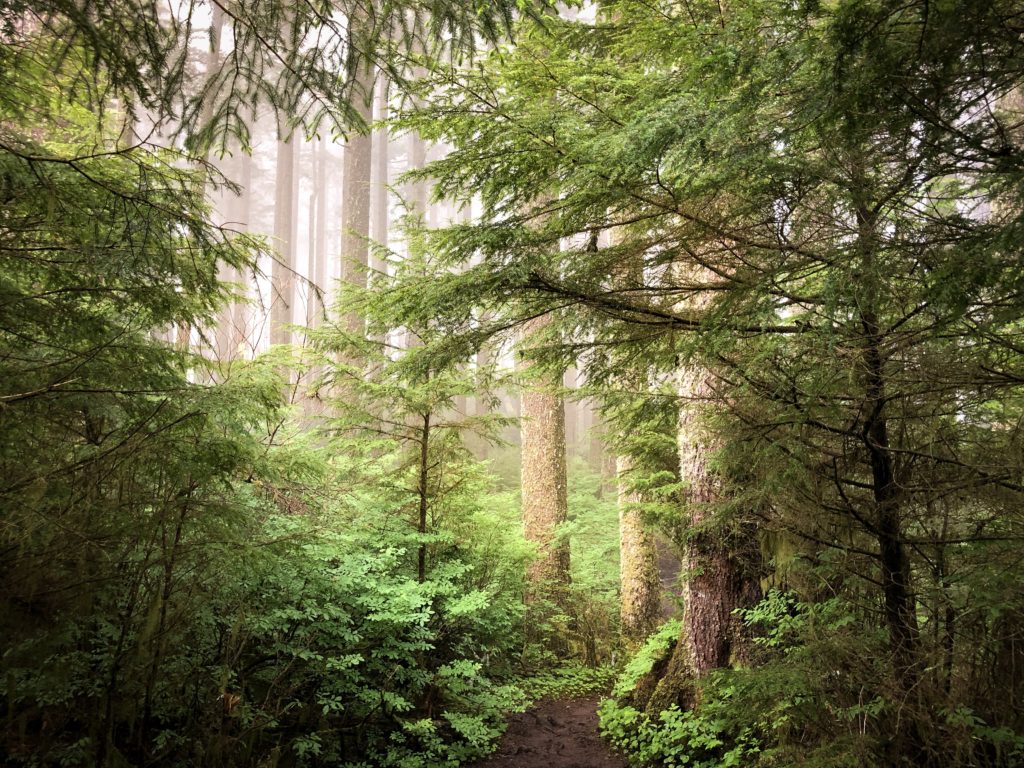
This was largely a spiritual journey for me, like pushing a reset button on my life. I will never again take for granted little things like running water, toilets, a bed to sleep in, and an evening with my family! All stressful situations can be overcome with a put one foot in front of the other mentality.
Question #6, what does it cost?
It depends on you. If you buy fancy ultra lightweight gear, brand new, not on sale, expect to spend over $2,000 on gear alone. Wait for sales, buy clothes on sale, keep an eye on EBay and Facebook, or Craigslist. Are you going to stay in motels or campsites in towns, split a motel with a group, or by yourself? You can hike the entire 2,650 mile PCT on as little as 2,500$, and go up from there. It’s an expensive endeavor, but it will change you forever!
Question #7. How do you get yourself and supplies to the trailhead (terminus) on the Mexico border?
Google Scout and Frodo. They’re amazing, generous people.
Question #8. Should I carry a gun for protection?
This is by far the most controversial question. It gets asked on Facebook groups every month and always ends up in a large “Facebook fight”. My answer is NO!!! It’s not necessary at all on the PCT. The thru hiker community takes care of each other. Each community on the PCT is very hiker friendly!
Question #9. How much should my total pack weight be?
Again, this is a highly debatable subject. In my opinion, the ideal pack weight, minus food and water, is between 15-20lbs. Many will disagree, saying pack weight should be 10lbs at most. I want to be comfortable and err on the side of caution, carrying luxury items such as an inflatable pillow, extra wide sleeping bag, and extra clothes for warmth, if needed.
Question #10. Is the PCT hike really like it appears in the movie WILD?
Yes and no. The physical struggles can be similar. In the movie, there were relatively few hikers and lots of solitude. In 2011, when the movie came out, that was the case. Due to the book, movie, and social media, that can’t be further from the truth now. The PCT is very crowded! There are many more hikers in 2019 than there were in 2018, many more in 2018 than 2017, and so on.
Next, I will post a gear review. I will grade every piece of gear and clothing I took on my hike and offered my opinions of each.
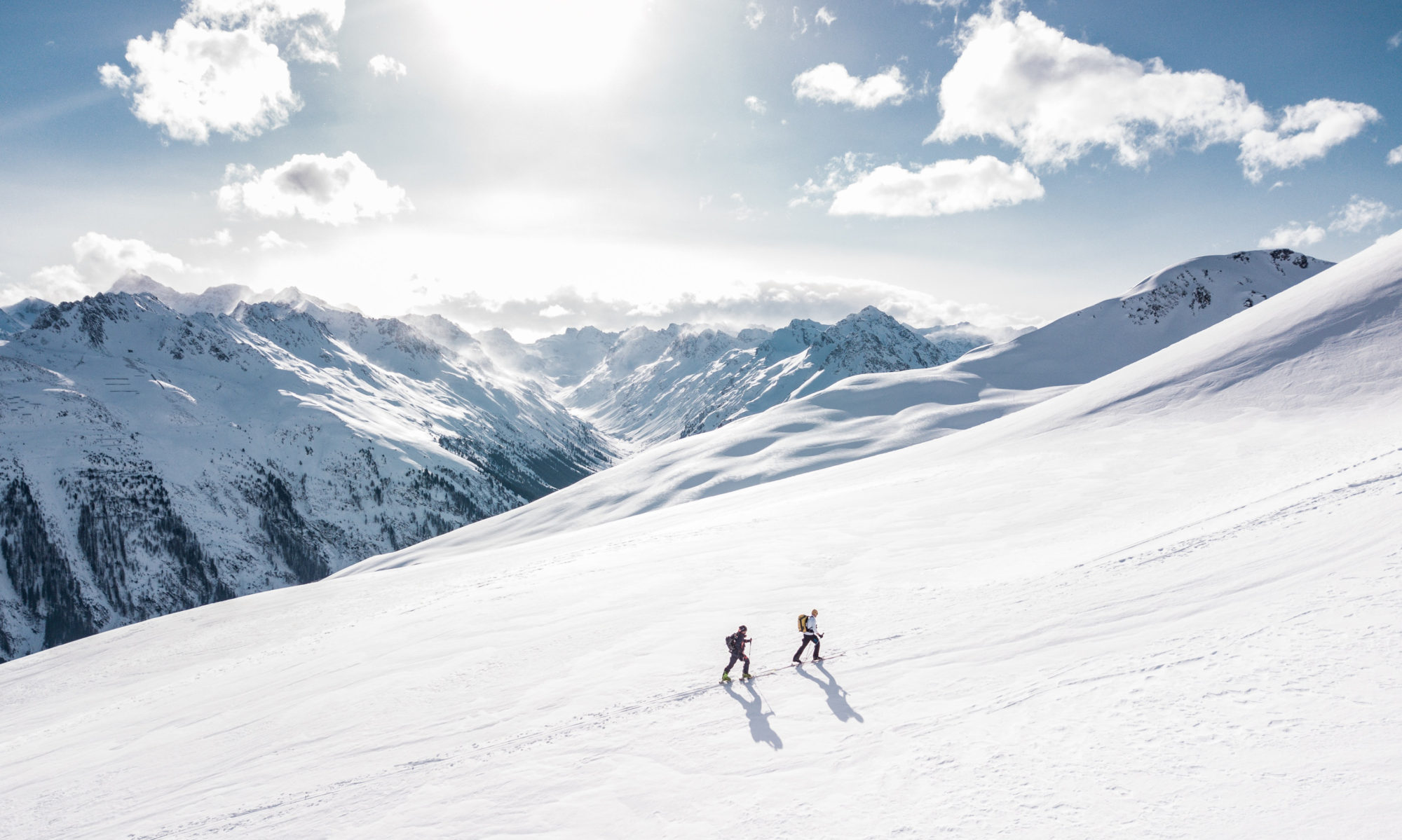
Thanks for sharing your adventure with us! I think your hypothesis on the weight loss is spot on. Muscles require a lot of calories to maintain combined with the amount you were burning each day, you probably had over 1k of calorie deprivation each day of hiking. The only way to curb that would be to up your caloric intake, but with what?
You’re welcome Gary! I’d probably carry more peanut butter, and add a few more high calorie snacks. This wouldn’t completely fix that problem, but more calories would sure help.